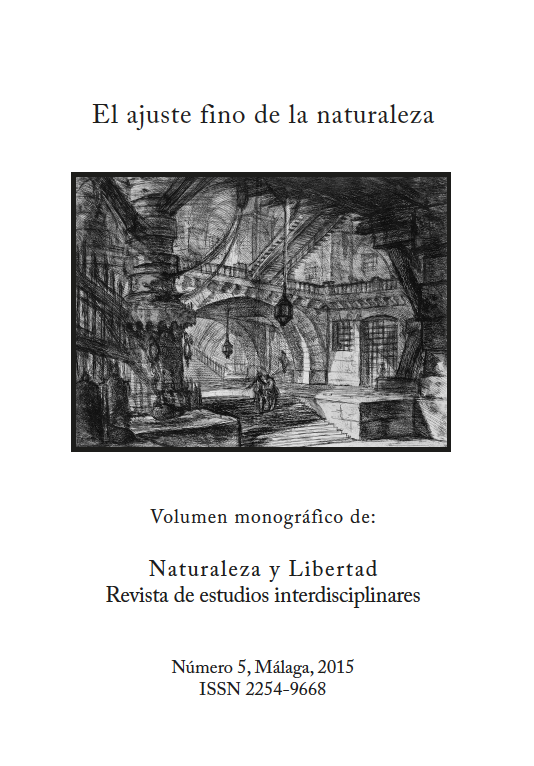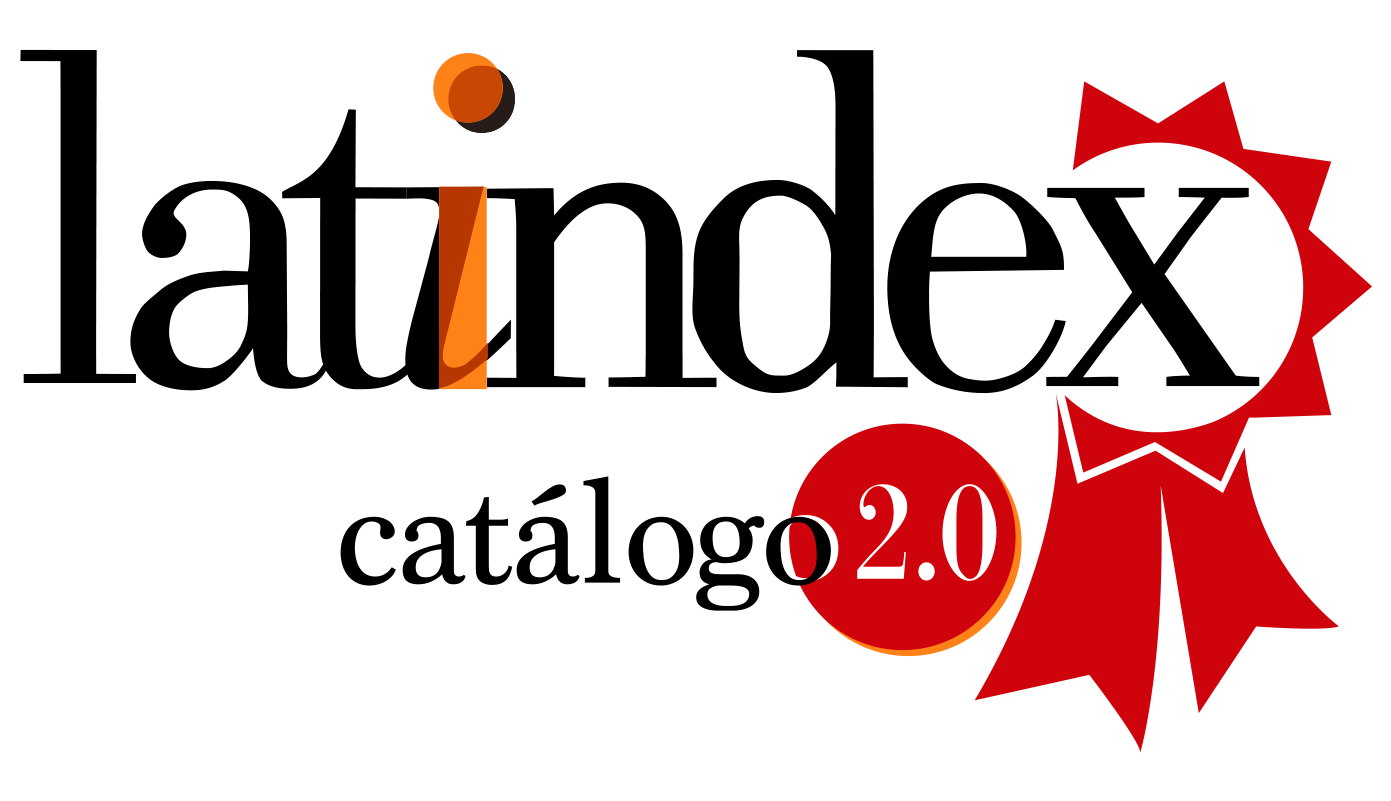Cuerpo viviente y cuerpo vivido. Algunas reflexiones desde la antropología filosófica
DOI:
https://doi.org/10.24310/NATyLIB.2015.v0i05.6342Keywords:
cuerpo, yo, subjetividad, grados de vida,Abstract
Frente el dualismo y al monismo, una visión realista del hombre es necesariamente unitaria, pero no simple o indiferenciada. Ello implica una consideración del cuerpo como integrante de la subjetividad, pero al mismo tiempo la trascendencia del yo respecto a la corporalidad. El cuerpo viviente constituye una unidad internamente articulada en su estructura y dinamismo, y se encuentra abierto a otras realidades corpóreas con las que forma una cierta unidad viviente.Downloads
Metrics
References
Aristóteles, Metafísica.
Aristóteles, De anima.
A. Gehlen, El hombre: su naturaleza y su lugar en el mundo, Salamanca, Sígueme, 1987.
J. M. Giménez Amaya, “Cuerpo y corporalidad en el hombre. Algunas reflexiones interdisciplinares”, Anales de la Real Academia Nacional de Medicina, (2014) (En prensa).
E. Husserl, Meditazioni cartesiane. Quinta meditazione, trad. F. Costa, 4ª Ed., Milano, Bompiani, 2002.
E. Husserl, La crisis de las ciencias europeas y la fenomenología trascendental, Buenos Aires, Prometeo Libros, 2010.
H. Jonas, El principio de vida: hacia una biología filosófica, Madrid, Trotta, 2000.
P. Laín Entralgo, El cuerpo humano. Teoría actual, Espasa-Calpe, Madrid 1989.
J. A. Lombo, La persona en Tomás de Aquino, Roma, PUSC, 2001.
J. A. Lombo, ‘In tribulatione dilatasti mihi’. La scoperta della libertà nella sofferenza, en: R. Esclanda y F. Russo (ed.), ‘Homo Patiens’. Prospettive sulla sofferenza umana, Roma, Armando
Editore, 2003.
J. A. Lombo y J. M. Giménez Amaya, La unidad de la persona. Aproximación interdisciplinar desde la filosofía y la neurociencia, Pamplona, EUNSA, 2013.
Arthur O. Lovejoy, The Great Chain of Being: A Study of the History of an Idea, Cambridge (Massachusetts), Harvard University Press, 1964.
W. Luypen, Fenomenología existencial, Buenos Aires, Ed. Carlos Lohlé, 1967.
L. Margulis, Symbiosis as a Source of Evolutionary Innovation: Speciation and Morphogenesis, Cambridge (Massachusetts), The MIT Press, 1991.
M. Merleau-Ponty, Fenomenología de la percepción, trad. J. Cabanes, Barcelona, PlanetaAgostini, 1993.
J. I. Murillo, Antropología, en: C. Izquierdo, J. Burggraf y F.M. Arocena (eds), Diccionario de Teología, Pamplona, EUNSA, 2006.
J. Pieper, Introducción a Tomás de Aquino: doce lecciones, Madrid, Rialp, 2005.
L. Polo, Antropología Trascendental, vol. I, Pamplona, EUNSA, 1999.
L. Polo, ¿Quién es el hombre? Un espíritu en el tiempo, Madrid, Rialp, 1991.
L. Polo, Curso de teoría del conocimiento, IV, 2ª ed., Pamplona, EUNSA, 2004.
H. Plessner, La risa y el llanto. Investigación sobre los límites del comportamiento humano, Madrid, Trotta, 2007.
J. Ratzinger, Obras Completas, vol. XI: Teología de la liturgia. La fundamentación sacramental de la existencia cristiana, BAC, Madrid 2012.
F. Reinoso-Suárez, Anatomía Humana, en: Gran Enciclopedia Rialp, 6ª Ed., Madrid, Rialp, 1991.
J. J. Sanguineti, La filosofia del cosmo in Tommaso d’Aquino, Milano, Ares, 1986.
M. Scheler, El puesto del hombre en el cosmos, trad. J. Gaos, Buenos Aires, Losada, 1938.
M. Scheler, Il formalismo nell'etica e l'etica materiale dei valori. Nuovo tentativo di fondazione di un personalismo etico, trad. G. Caronello, Cinisello Balsamo, San Paolo, 1996.
J. Searle, “Why I am not a property dualist”, Journal of Consciousness Studies, 9 (2002), pp. 57-64.
Tomás de Aquino, Quaestio disputata de spiritualibus creaturis.
Tomás de Aquino, Quaestiones disputatae de veritate.
Tomás de Aquino, Summa Theologica.
Tomás de Aquino, Sentencia De anima.
Tomás de Aquino, Super I Epistolam B. Pauli ad Corinthios lectura.
J. Vicente Arregui y J. Choza, Filosofía del hombre. Una antropología de la intimidad, Madrid, Rialp, 1992.
J. von Uexküll, Umwelt und Innenwelt der Tiere, Berlin, J. Springer, 1921.
J. von Uexküll und G. Kriszat, Streifzüge durch die Umwelten von Tieren und Menschen: Ein Bilderbuch unsichtbarer Welten, Berlin, J. Springer, 1934.
X. Zubiri, “Respectividad de lo real”, en: Realitas 1979 (3-4), pp. 13-43.
X. Zubiri, Inteligencia Sentiente. Inteligencia y Realidad, Madrid, Alianza Editorial, 1980.
Downloads
Published
How to Cite
Issue
Section
License
Those authors who have publications with this journal, accept the following terms:
1. Copyright and licensing information are clearly described on the journal’s web site: all content published in Naturaleza y Libertad is open acces without limit, and are subject to the Attribution-NonCommercial-ShareAlike 4.0 International (CC BY-NC-SA 4.0) license. The full text of which can be consulted at https://creativecommons.org/licenses/by-nc-sa/4.0/
2. It is the responsibility of the authors to obtain the necessary permissions for the images that are subject to copyright. The authors whose contributions are accepted for publication in this journal will retain the non-exclusive right to use their contributions for academic, research and educational purposes, including self-archiving or deposit in open access repositories of any kind. The electronic edition of this magazine is edited by the Editorial de la University of Malaga (UmaEditorial), being necessary to cite the origin in any partial or total reproduction.
3. This journal allows and encourages authors to publish papers on their personal websites or in institutional repositories, both before and after their publication in this journal, as long as they provide bibliographic information that accredits, if applicable, your posting on it.
4. In no case will anonymous papers be published.





18.png)













